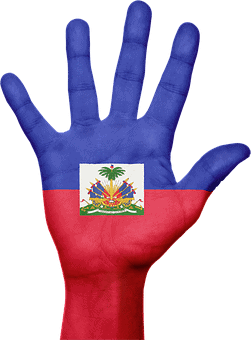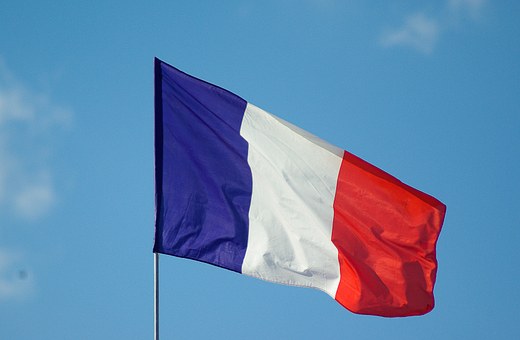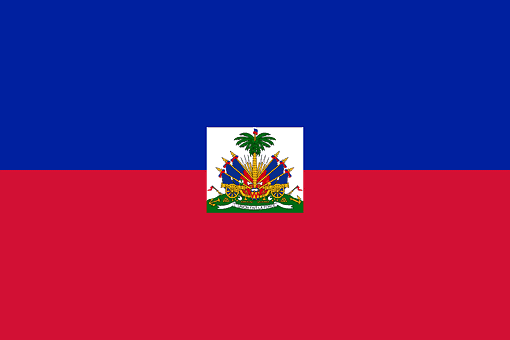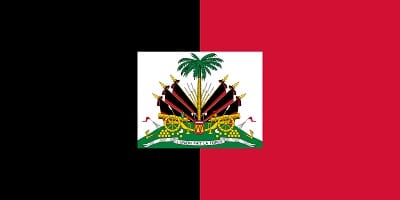Every may 18th in many countries of the world, Haitians celebrate the Haitian flag. As with many countries, the flag is the symbol of pride. In fact, in some countries you can be jailed or be killed if you do not defend or misrepresent the flag.
Blue and white is the color of the Haitian flag. All the Haitians know the color of the Haitian flag. Some even wear in on their bodies on the form of tattoos and other forms of body wears.

The flag gives us all a sense of pride even though few people know the history behind this beautiful red and blue flag. It is indeed a beautiful flag.
The image below shows a the french flag

Haitian flag history
If you are one of the people that do not know much about the Haitian flag, this blog will give a little bit of history behind this great flag. After reading this blog, you will be well versed on this topic.
The Haitian flag was sewn together on Sunday May 18th, 1803 by a lady named Catherine Flon. It was in a town in the western part of the country. Arcahaie holds the honor for being the birth place of the Haitian flag. One hundred years after the birth of the flag, the national anthem of Haiti was written by a fellow named Justin Lherisson. The Music of the anthem was by Nicolas Geffrard.
Justin Lhérisson wore many hats. He was a writer, lawyer, journalist, and teacher. Mr Geffrard as you may have guessed, was a musician.
It is alleged and maintained by many Historians that the previous slaves of Haiti sliced out the white of the flag to bring the blue and red closer together. That symbolized the unity between the mulatoes and the slaves. That is the mixed-blood category of Haiti with the “full-blooded” blacks.

As romantic and dramatic as truth that the previous statements might sound, it appears that The Haitian flag did not come into being just then, and the red and blue union not just some spontaneous on the part of the new nation.
According to the book Vodou in Haitian Life and Culture: Invisible Powers emended by Claudine Michel, and Patrick Bellegarde-Smith, the whole origin of the national symbol is deeply rooted in the Vodun religion. The red and blue are the colors of the god of war Ogou, and Dessalines was reportedly in a temple of the religion in Merote, Haiti when the flag was created. Most of the objects that make up Haiti’s national coat of arms, such as the machete, the palms—according to Laurent Dubois—are symbols of a Vodun temple.
Different modifications of the flag
The flag was modified from blue and red to black and red in 1964 throughout the presidency of Francois Duvalier.

When Duvalier’s son went into exile in 1986, the flag was returned back to the color of red and blue.
Contrary to other beliefs, President Duvalier was not the only Haitian leader to adopt the red and black flag. According to historian Elmide Méléance, Emperor Dessalines switched to black and red upon his crowning as Emperor Jacques the First in 1805.
It was revealed in the book Revolutionary Freedoms that there was a time Haiti had 2 different flags representing it. After the death of Dessalines, Haiti was divided between two rulers Alexandre Sabes Pétion and Henri Christophe.
Pétion reverted to the blue and red flag within the South of Haiti, while King Henri (ahem, Henry) kept the black and red.
After the death of Alexandre Petion and Henri Christophe, Jean-Pierre Boyer, who the next leader at that time governed the country with the blue and red flag.
The Dominican Republic which shared the same island with Haiti pretty much used the same flag. Their flag is based on the same blue and red color. Dominican flag was part supported the Haitian flag.
The Trinitarians who were keen contributors to the Dominican Independence movement supplement the blue and red with a cross. The cross in middle to reflect the catholic religion. Also, they added a characteristic coat of arms.
The slogans and emblems of the Haitian flag
The emblem of the Haitian Nation shall be a flag with the following description:. a. Two (2) equal sized horizontal bands: a blue one on top and a red one underneath; The coat of arms depicts a trophy of weapons atop a green hill, ready to defend freedom, and a royal palm symbolizing independence. The palm is topped by the Cap of Liberty.
Appears on a white ribbon is “L’Union Fait la Force” (Unity Makes Strength) is a motto accredited to Pétion, but according to John D. Garrigus’ book Before Haiti: Race and Citizenship in French Saint-Domingue, as early as 1793 a former slave from Haiti in Paris France
Jana Evans Braziel has written that as early as 1982, Haitians were celebrating flag day in the U.S. These were primarily the organization UHA (United Haitians Association), in partnership with the New York City Council.
In the late Nineteen Nineties, there was a rebirth of Haitian pride and display of the Haitian flag all over the United States among Haitians and Haitian-Americans.
Wyclef Jean, a hip-hop star with a band called the Fugees, started the movement. Prominent Haitian promoter and business man Rodney Noel strategically started a Haitian music festival tied around the Saturday of the Haitian Flag day.
The Haitian flag had been flown high and mighty before but it was typically throughout moments of protest (such as a march organized by Haitian activists like the time when Haitians were labeled as AIDS carriers in 1990), and rarely celebratory. During the U.S. Occupation of Haiti from 1915-1934, it was the U.S. flag that was flown on flag poles in Haiti. Haitians were not exactly thrilled.
Journalist Jean-Léopold Domique(R.I.P) recalled within the documentary The agronomist, that his father would “every May 18, Flag Day, defiantly put the Haitian flag in front of the house. I said, ‘Father, what does that mean for you? His father would reply ‘That means that you are Haitian.”
This was a bit of history behind this beautiful flag. The celebration is not as triumphant as it used once was. Rightfully so because the country is still in dire circumstances. Time will tell if Haiti will ever recover.


